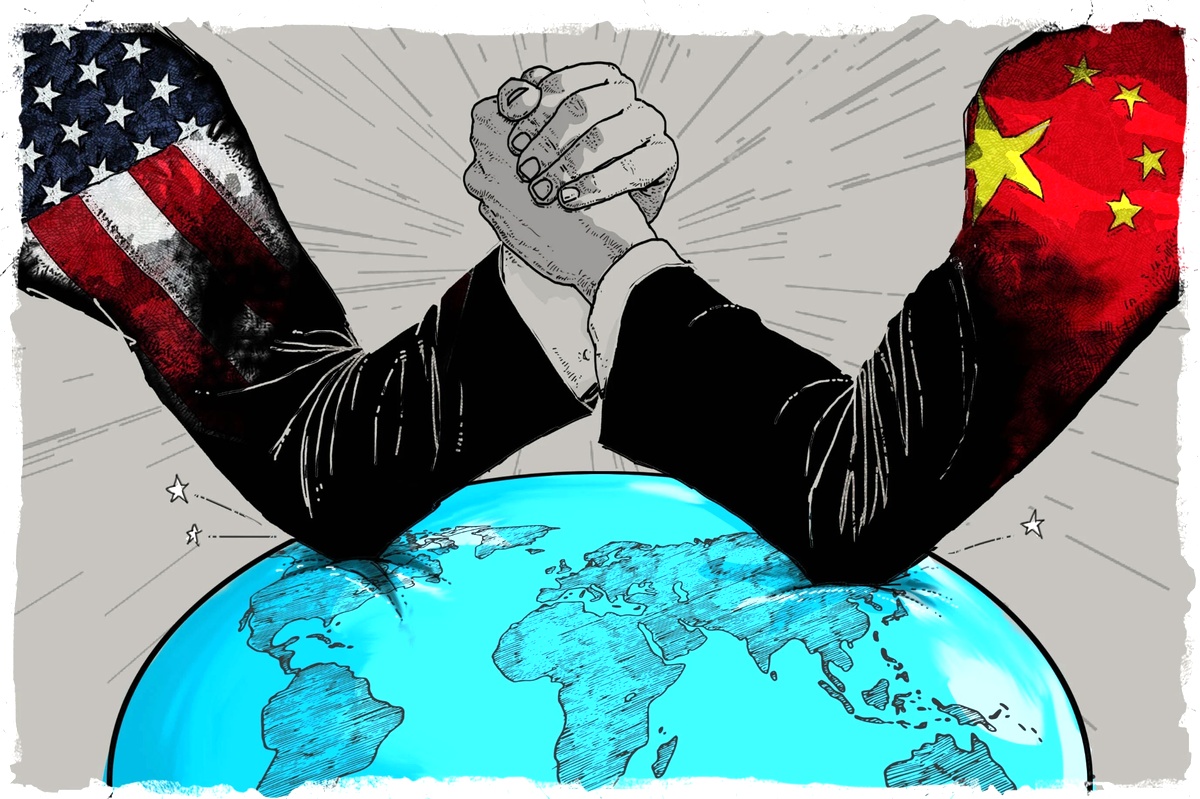Physical Address
304 North Cardinal St.
Dorchester Center, MA 02124
Physical Address
304 North Cardinal St.
Dorchester Center, MA 02124

The U.S.-China trade talks in Geneva kick off this week, marking the first face-to-face dialogue since a sharp escalation in tariffs upended global markets and froze negotiations between the world’s two largest economies.
Treasury Secretary Scott Bessent and U.S. Trade Representative Jamieson Greer will meet with Chinese Vice Premier He Lifeng in Switzerland, aiming to cool months of economic tension sparked by tit-for-tat tariff hikes—145% on Chinese imports, 125% on U.S. goods.

The U.S.-China trade talks in Geneva come after months of stalled communication and deepening economic strain.
Takeaway: Pressure is mounting from both Wall Street and Main Street to ease the standoff.
Takeaway: These officials aren’t just diplomats—they shape global trade policy.
The U.S.-China trade talks in Geneva are expected to revolve around five core topics:
Takeaway: Even modest agreements here could stabilize global trade sentiment.

There are four possible outcomes:
Takeaway: Geneva might not bring peace, but it could stop the bleeding.
The U.S.-China trade talks in Geneva are more than a diplomatic formality—they’re a test of how far two rival superpowers are willing to bend to protect their economies. As tariffs ripple through supply chains and investor confidence wavers, even small progress could have a big global impact.
All eyes are on Geneva. The stakes are high, and the clock is ticking.
Get the Daily News Without B.S. Report—clear, concise news with zero noise. Straight to your inbox.